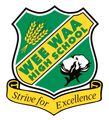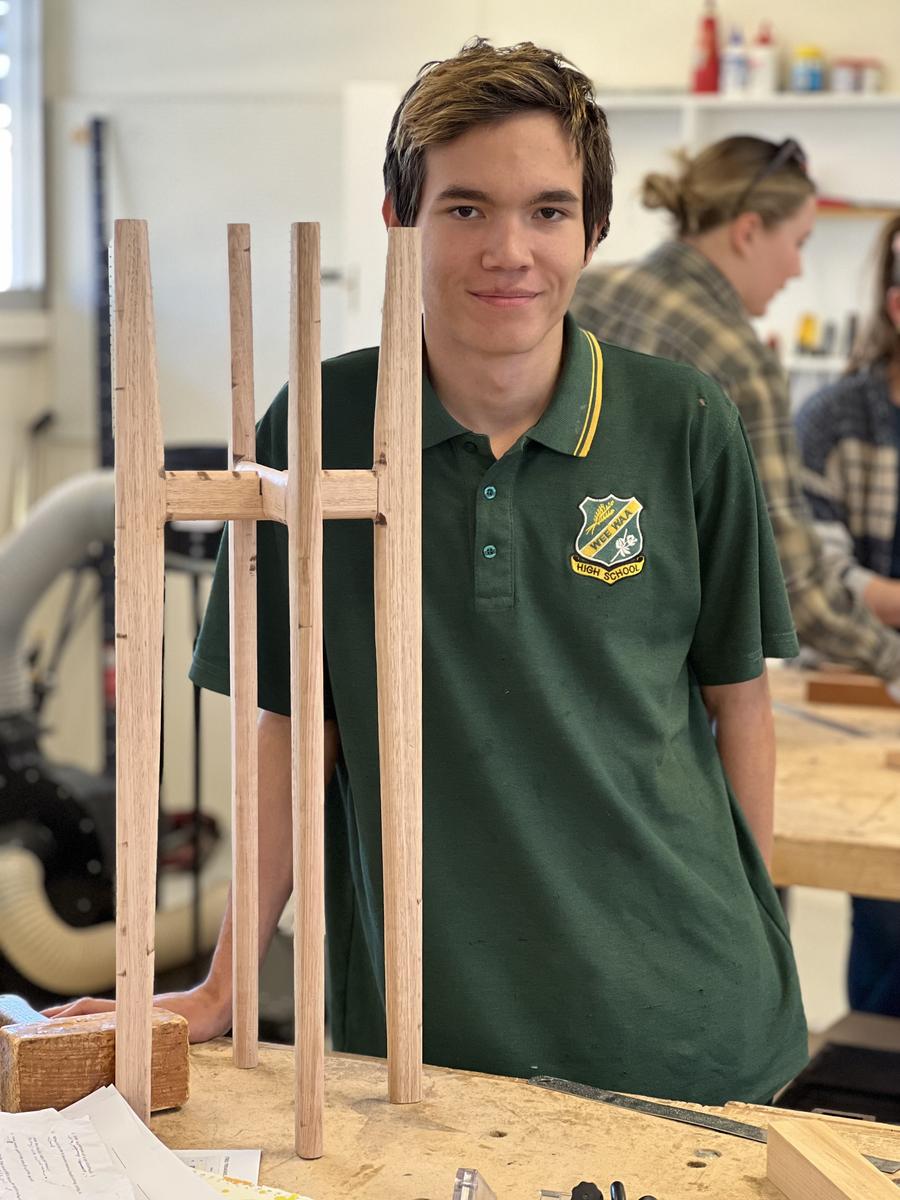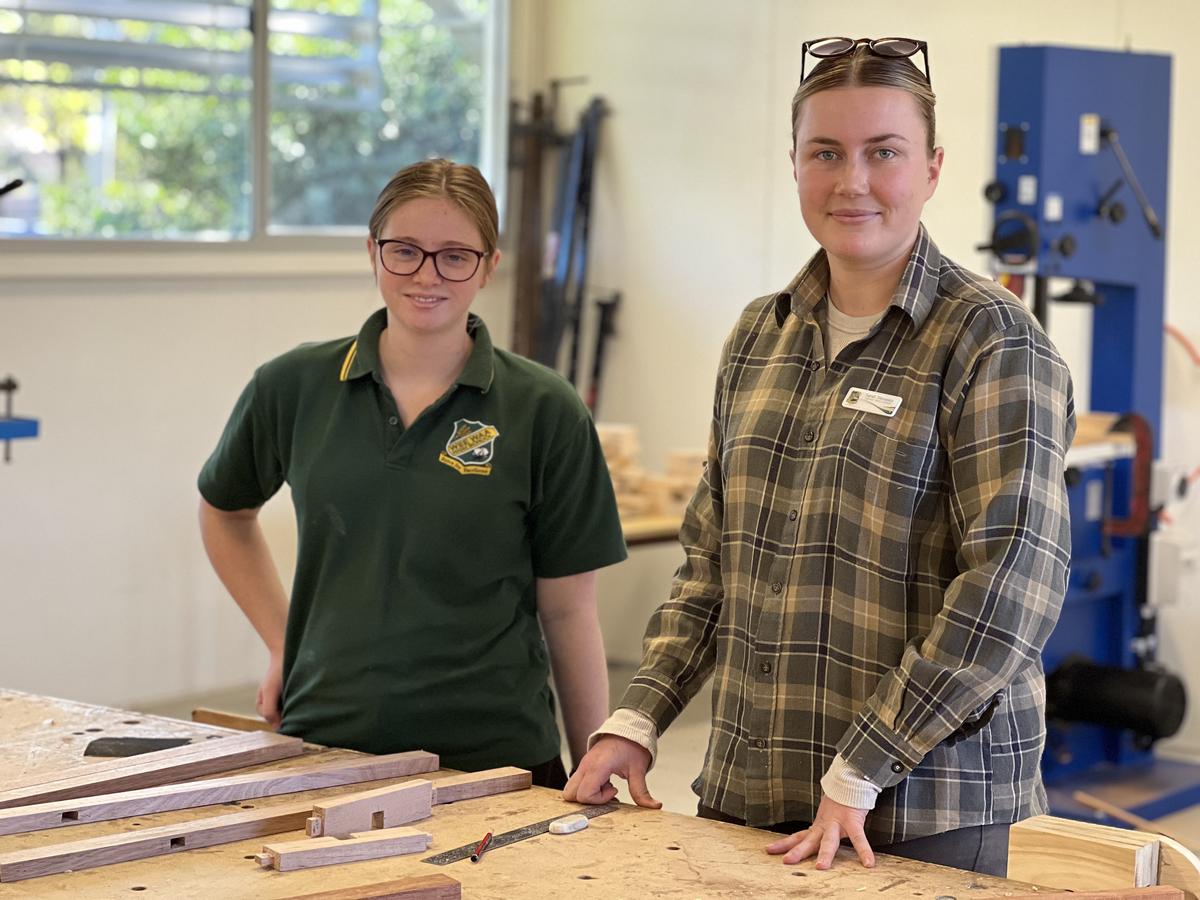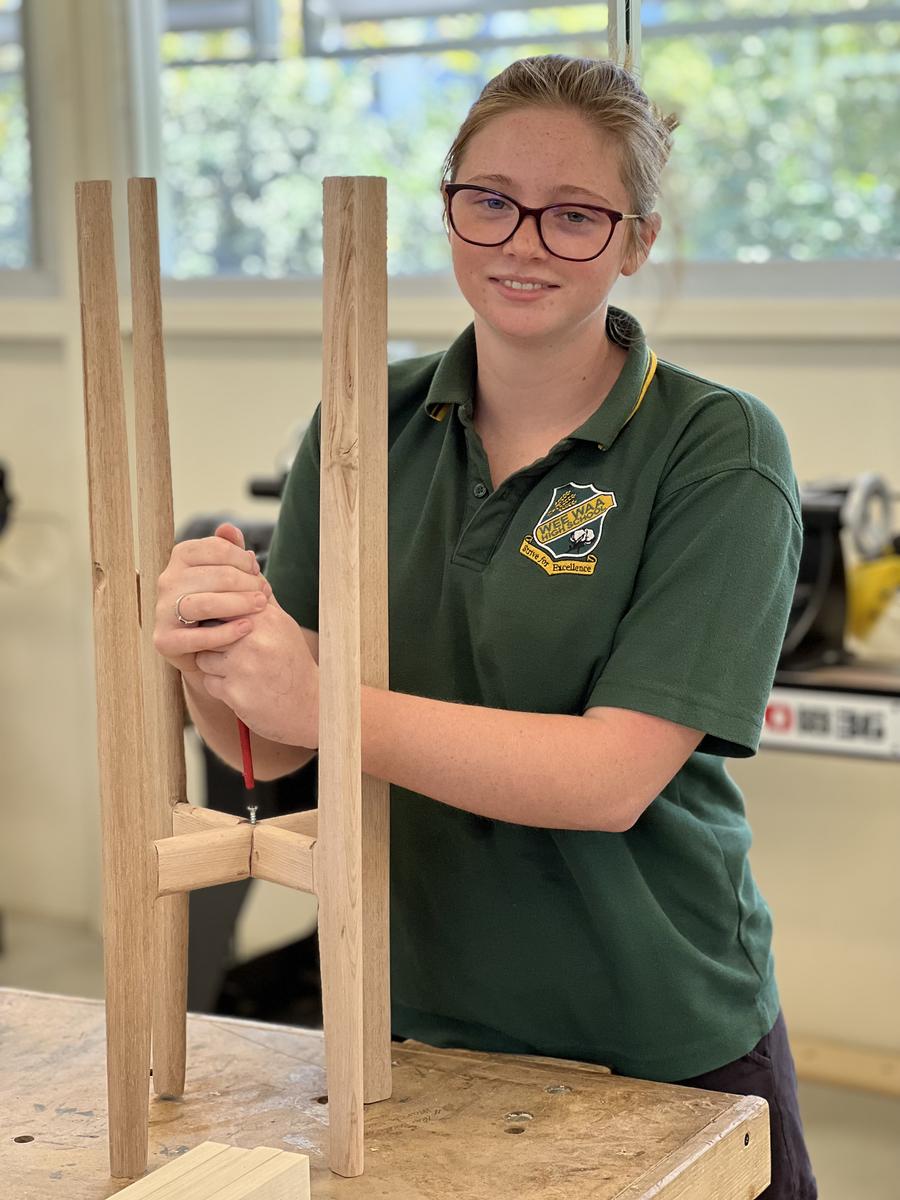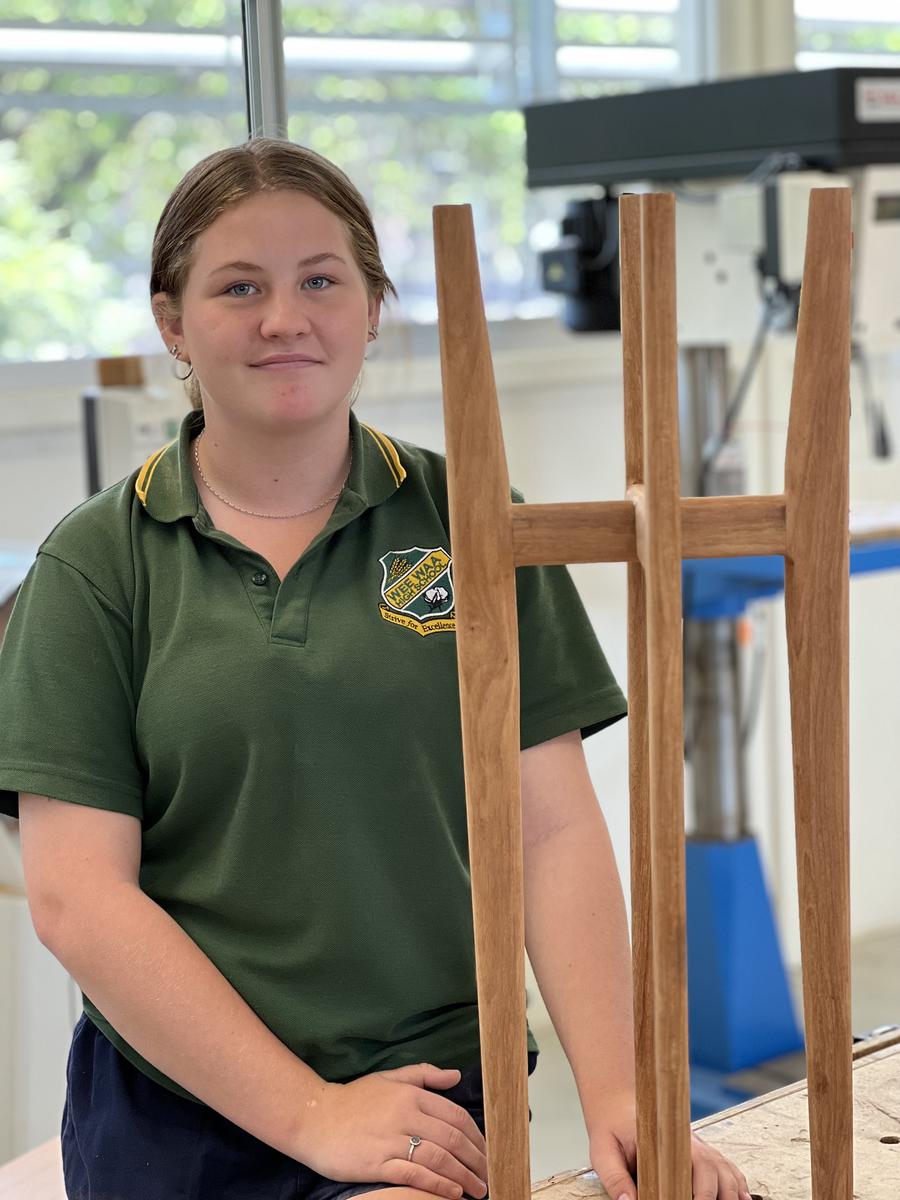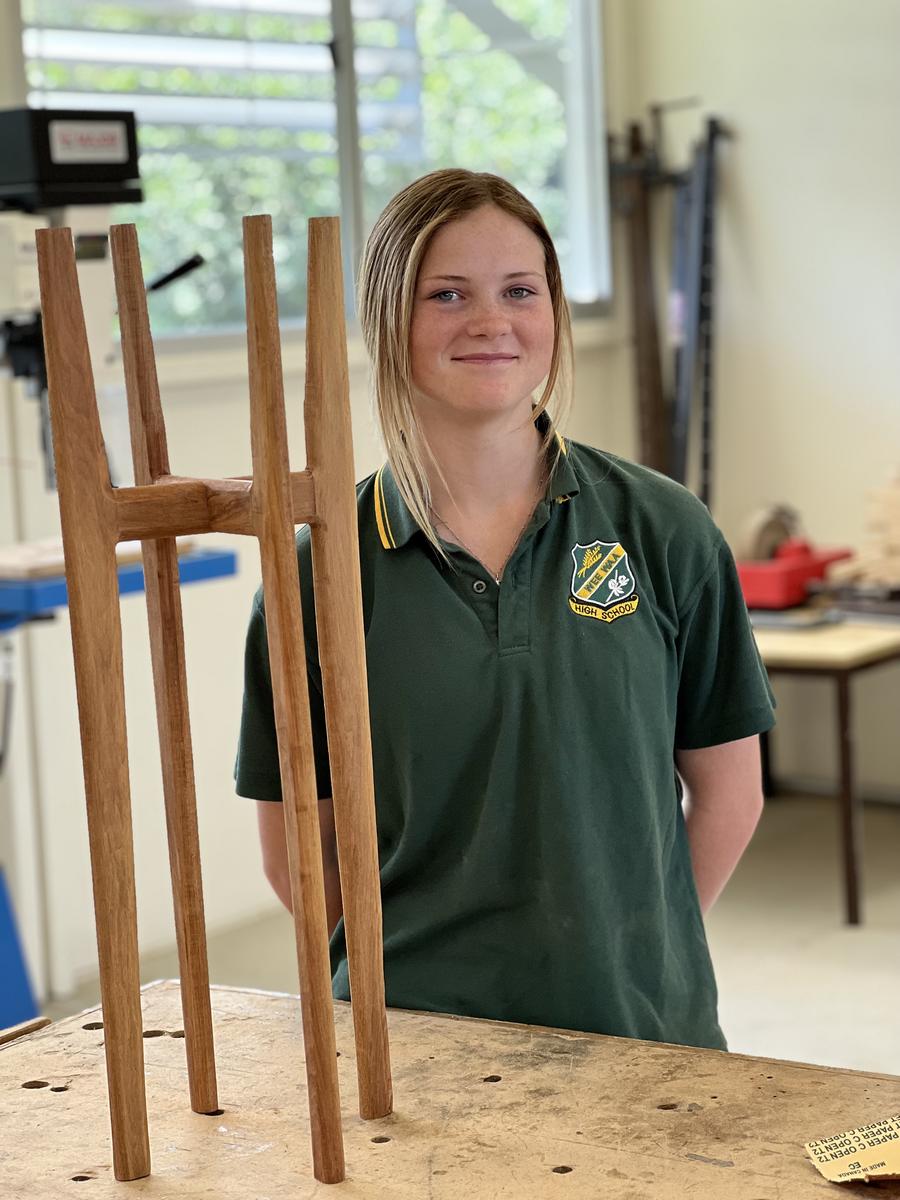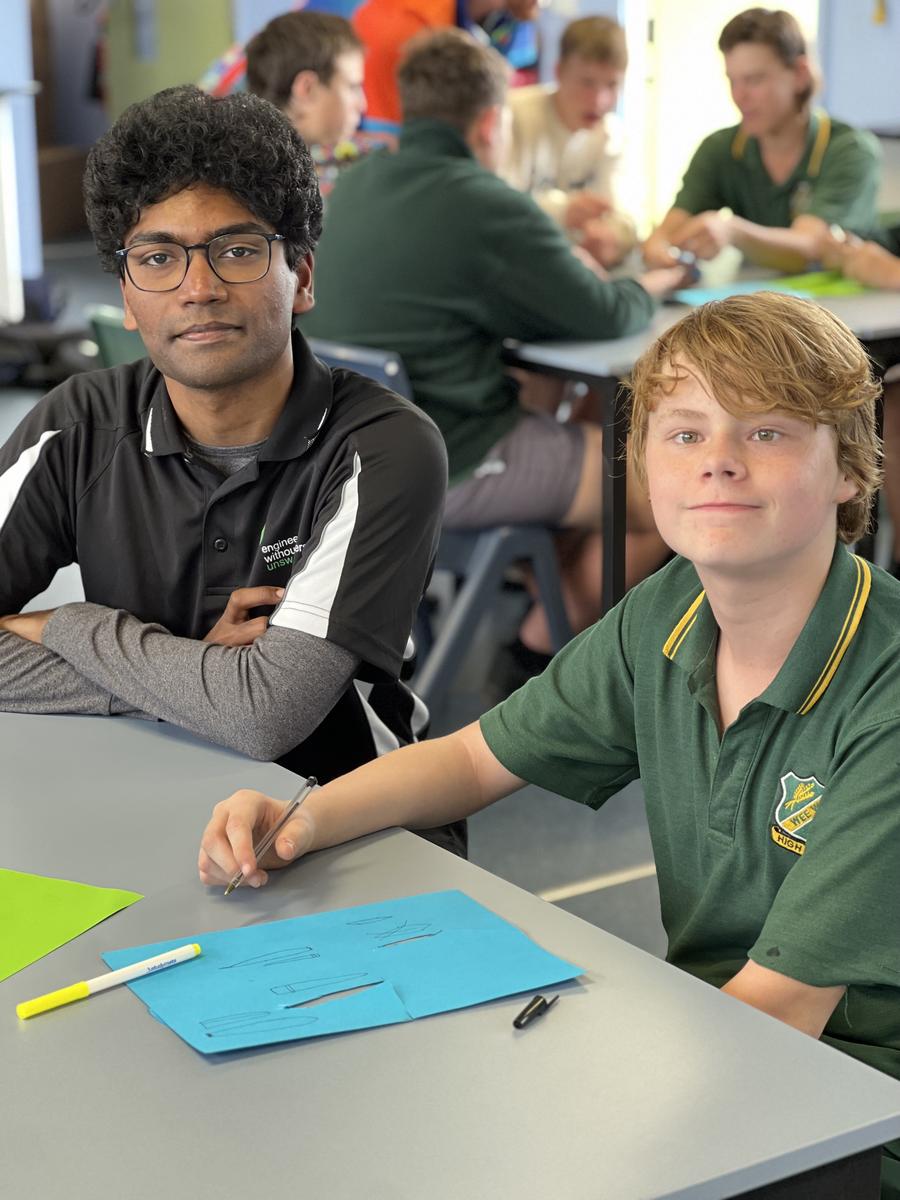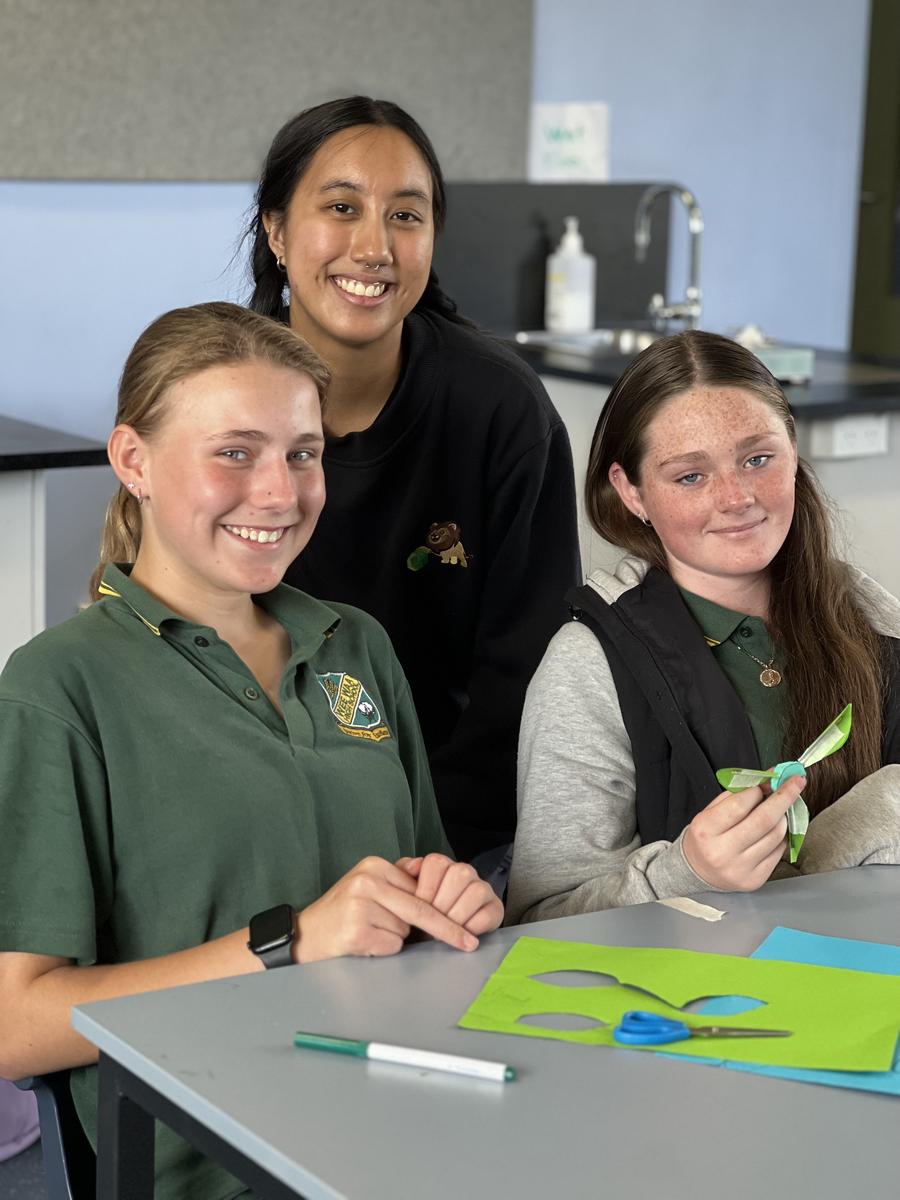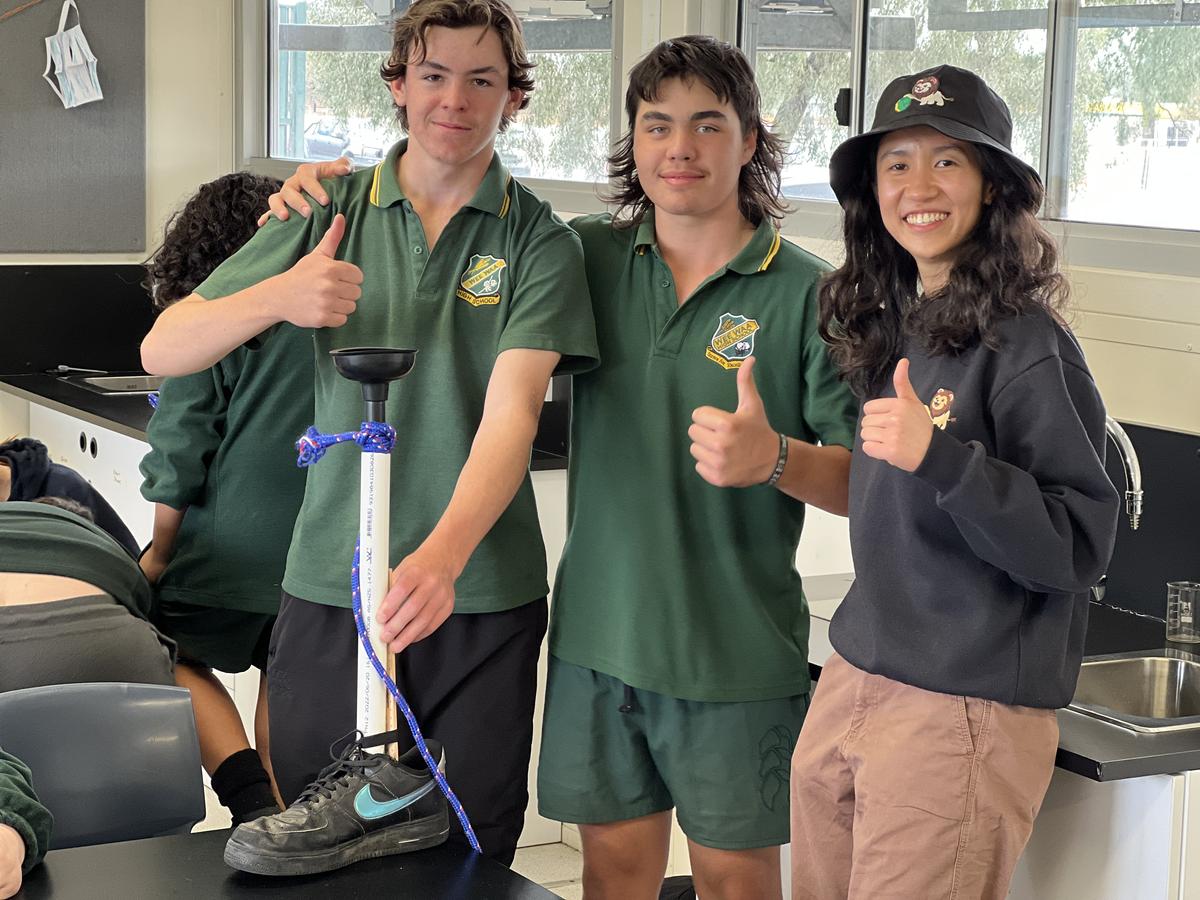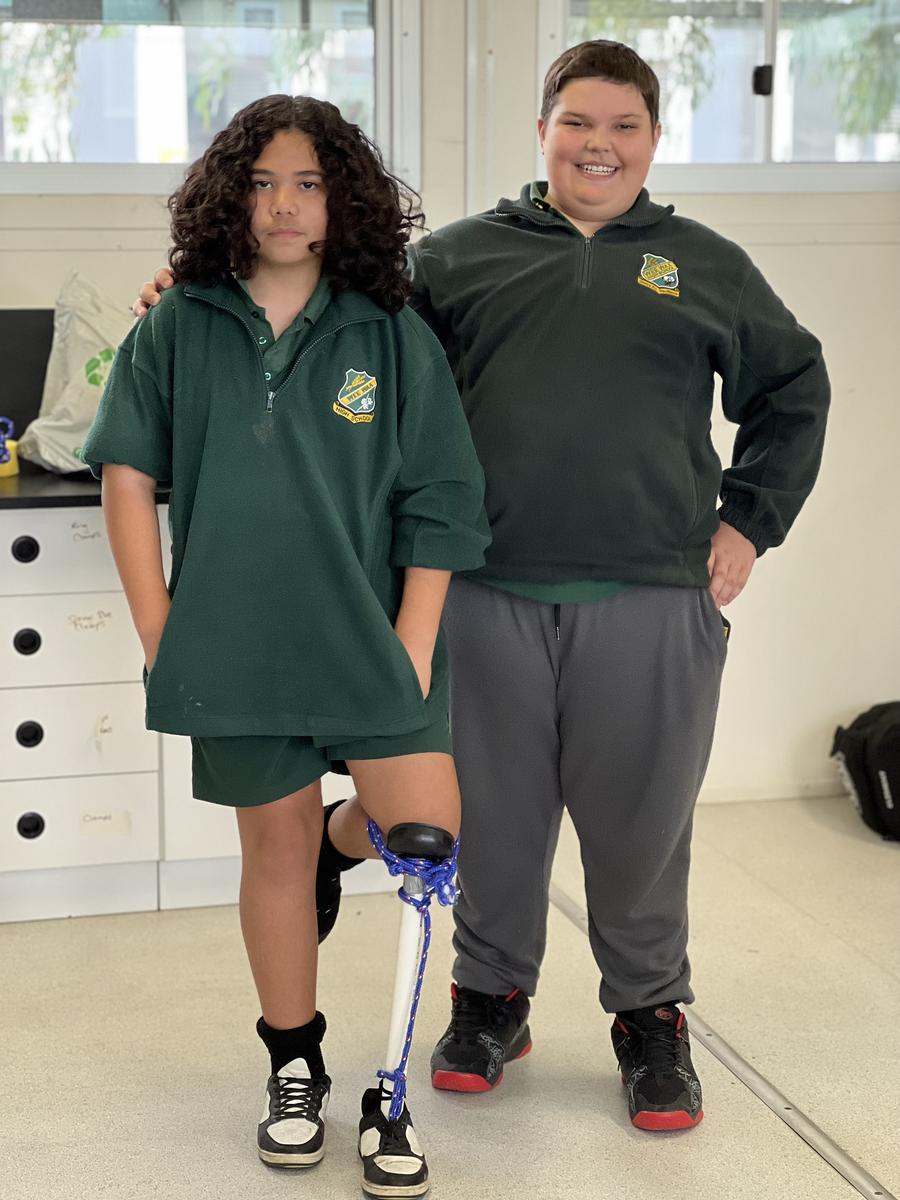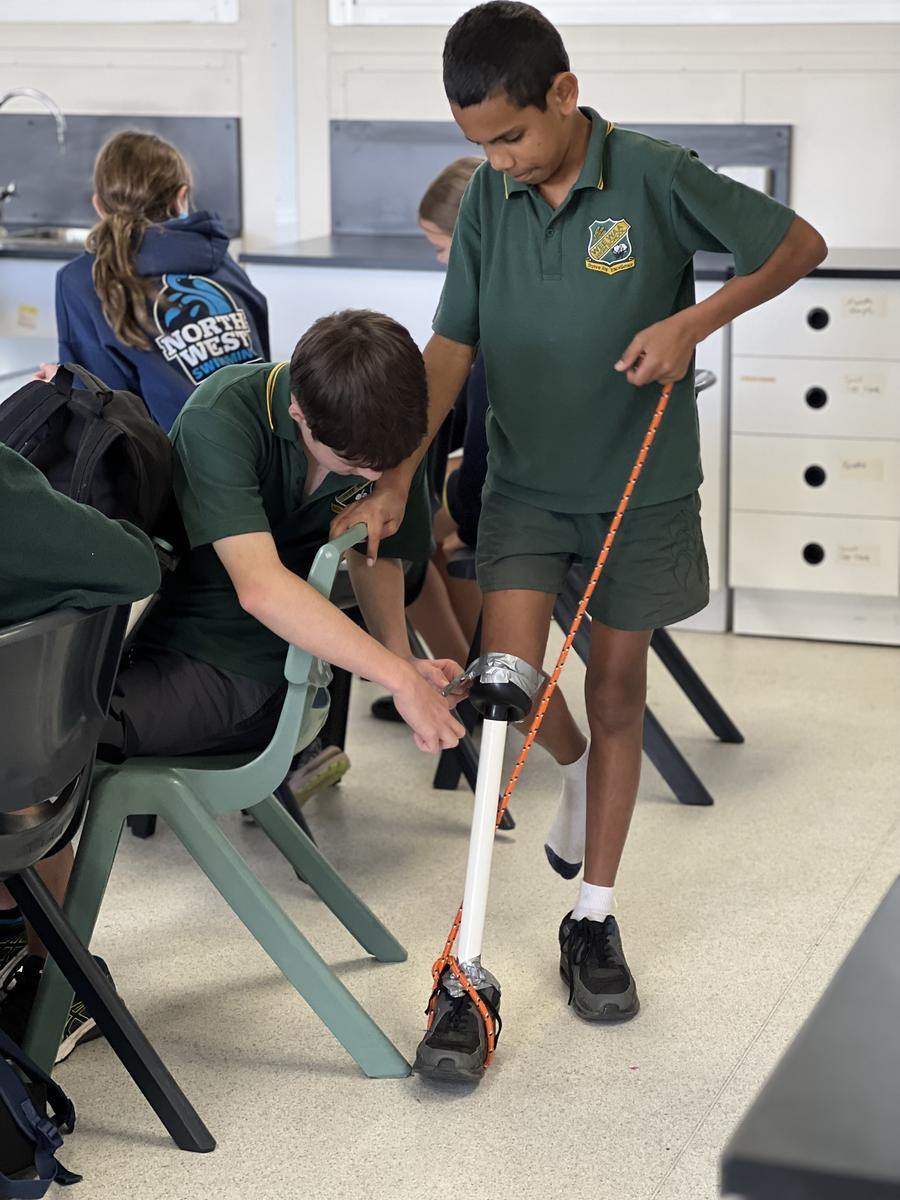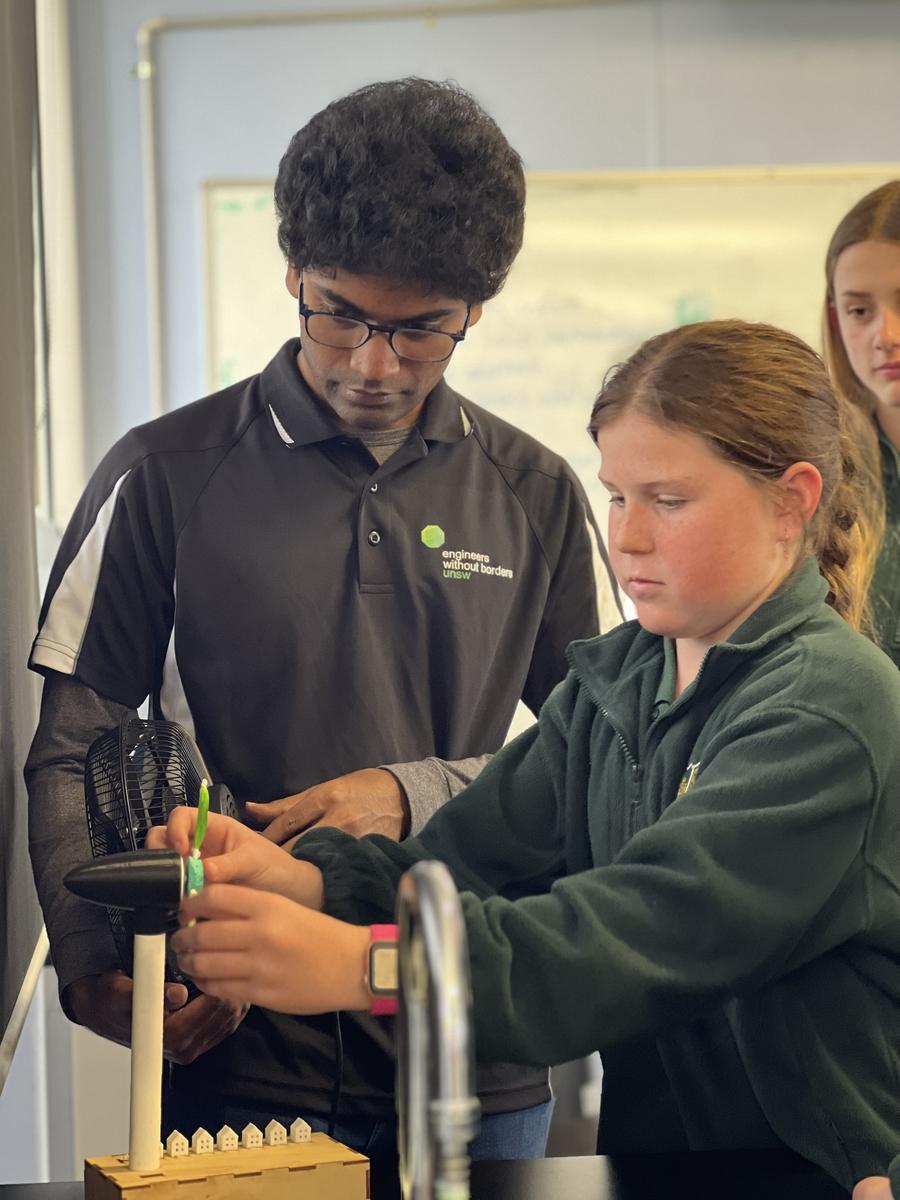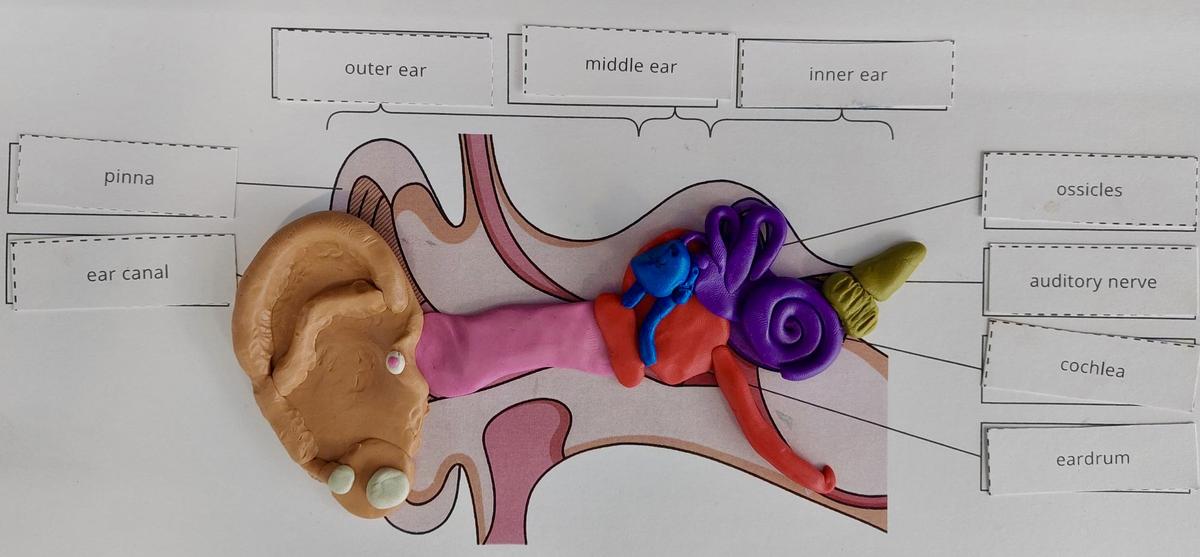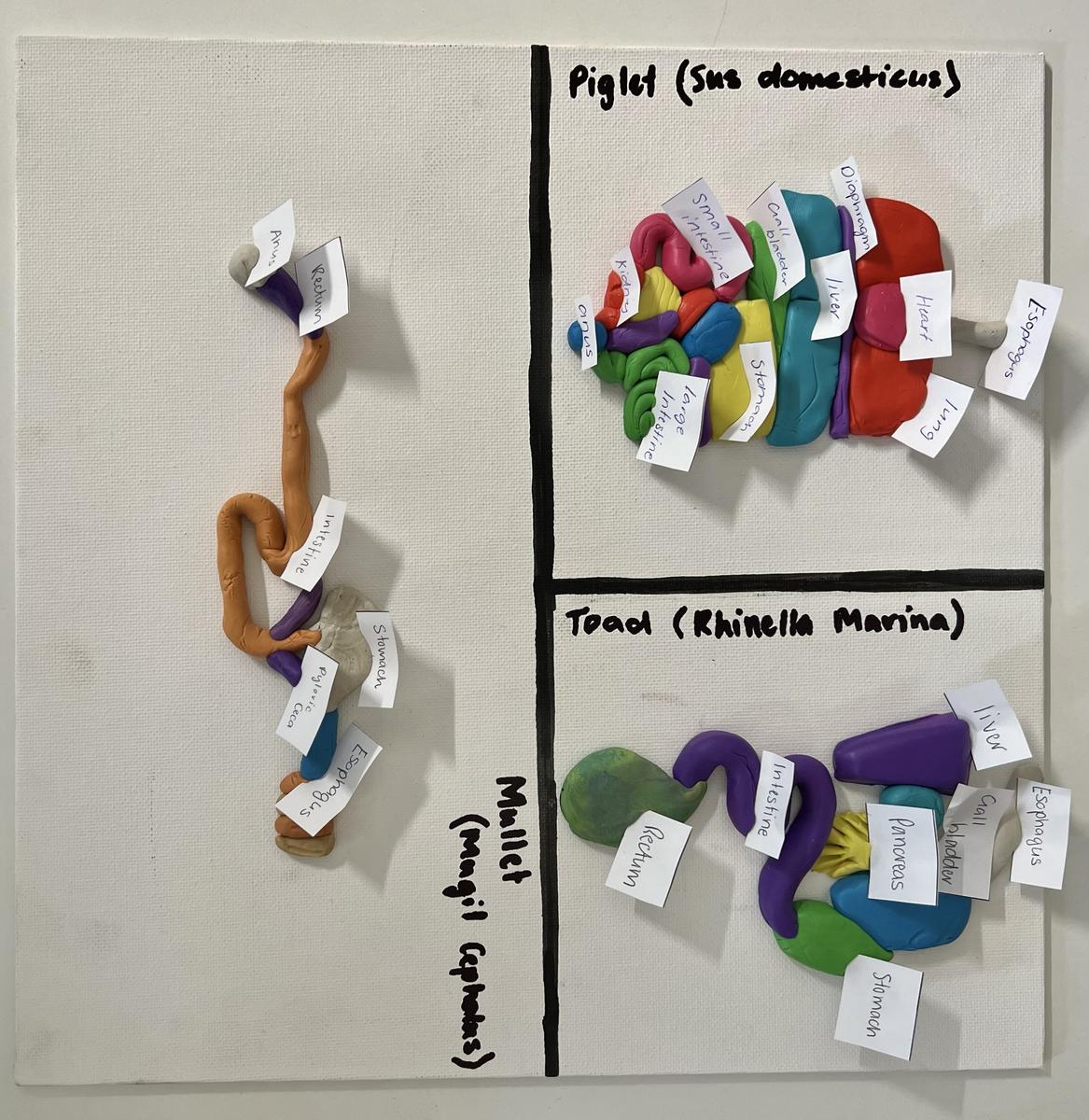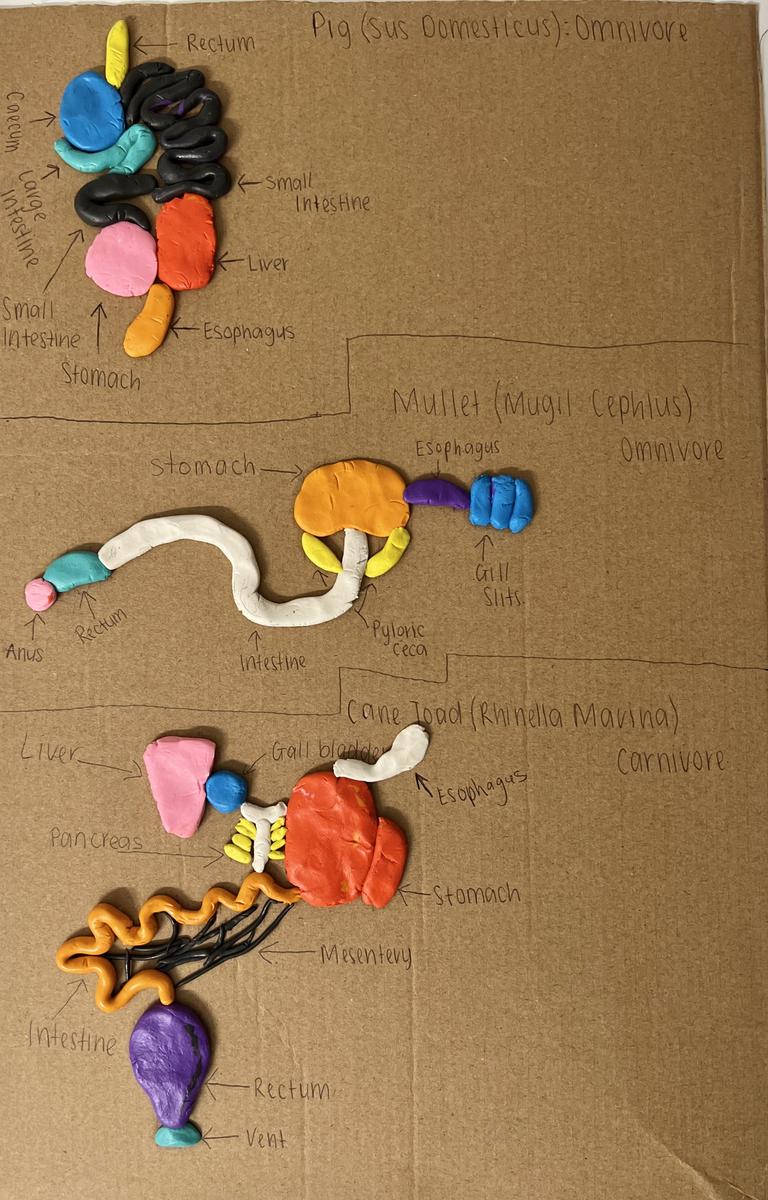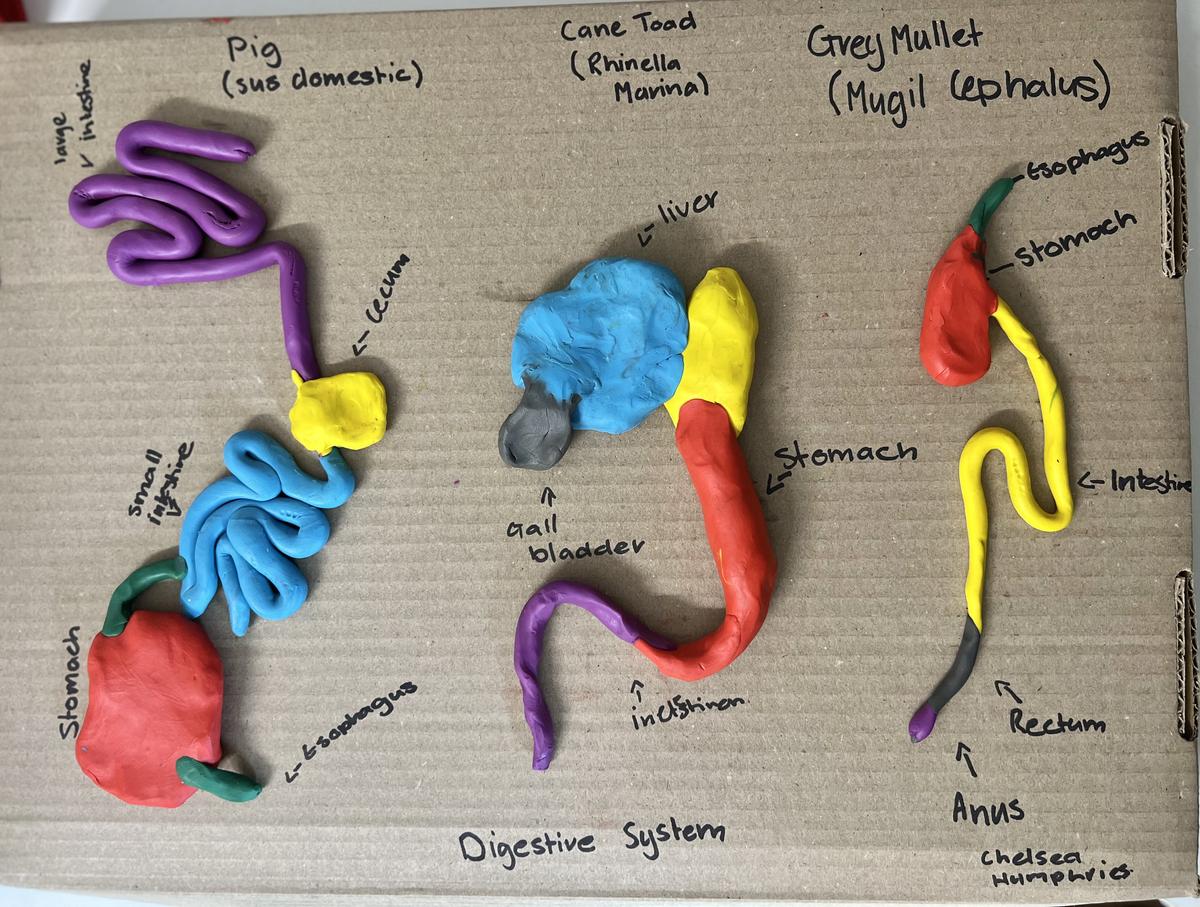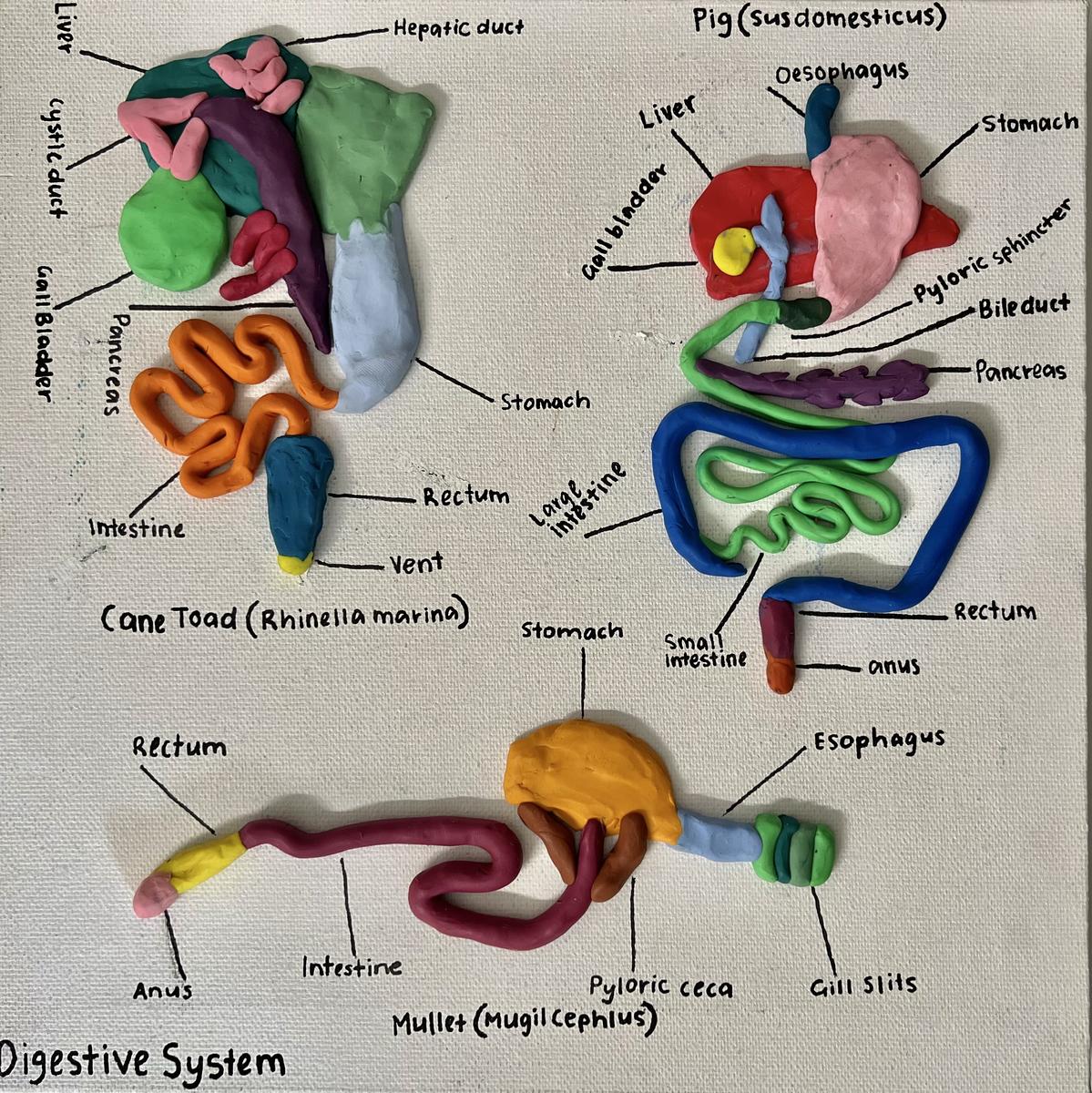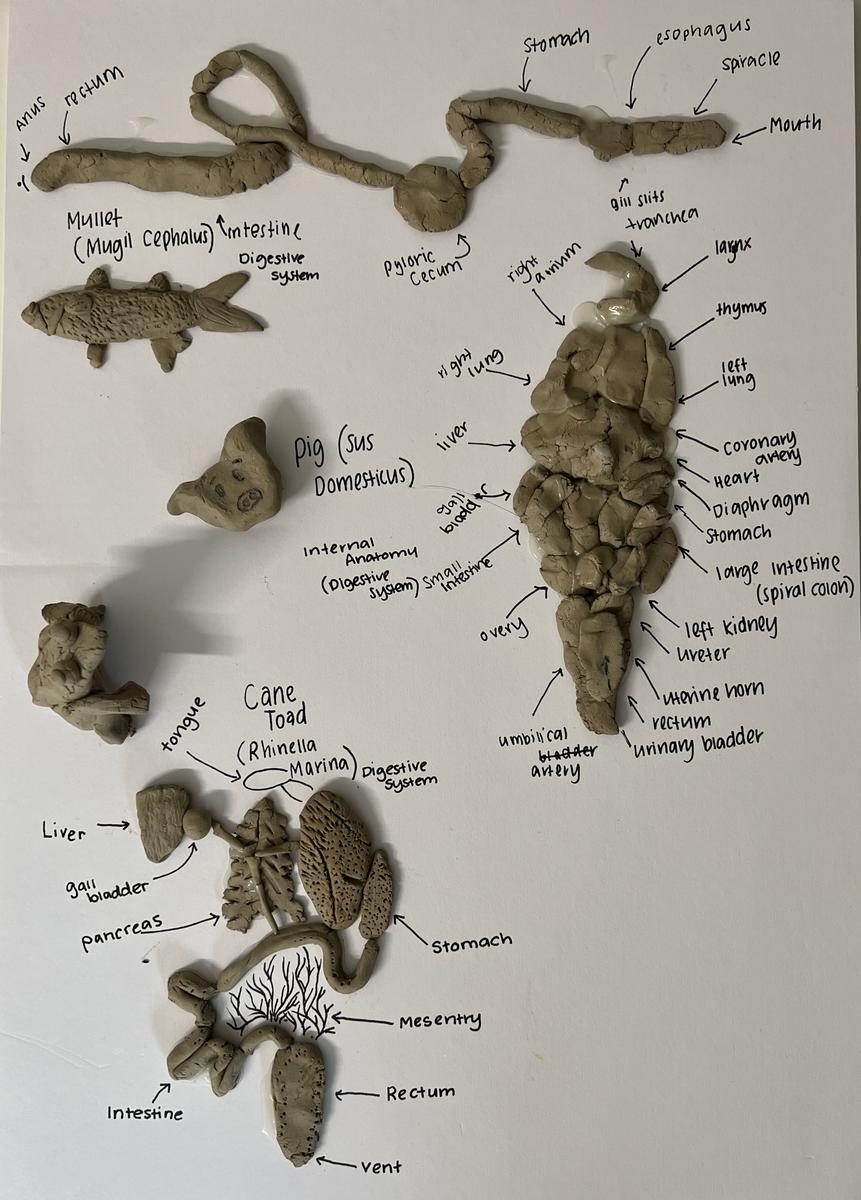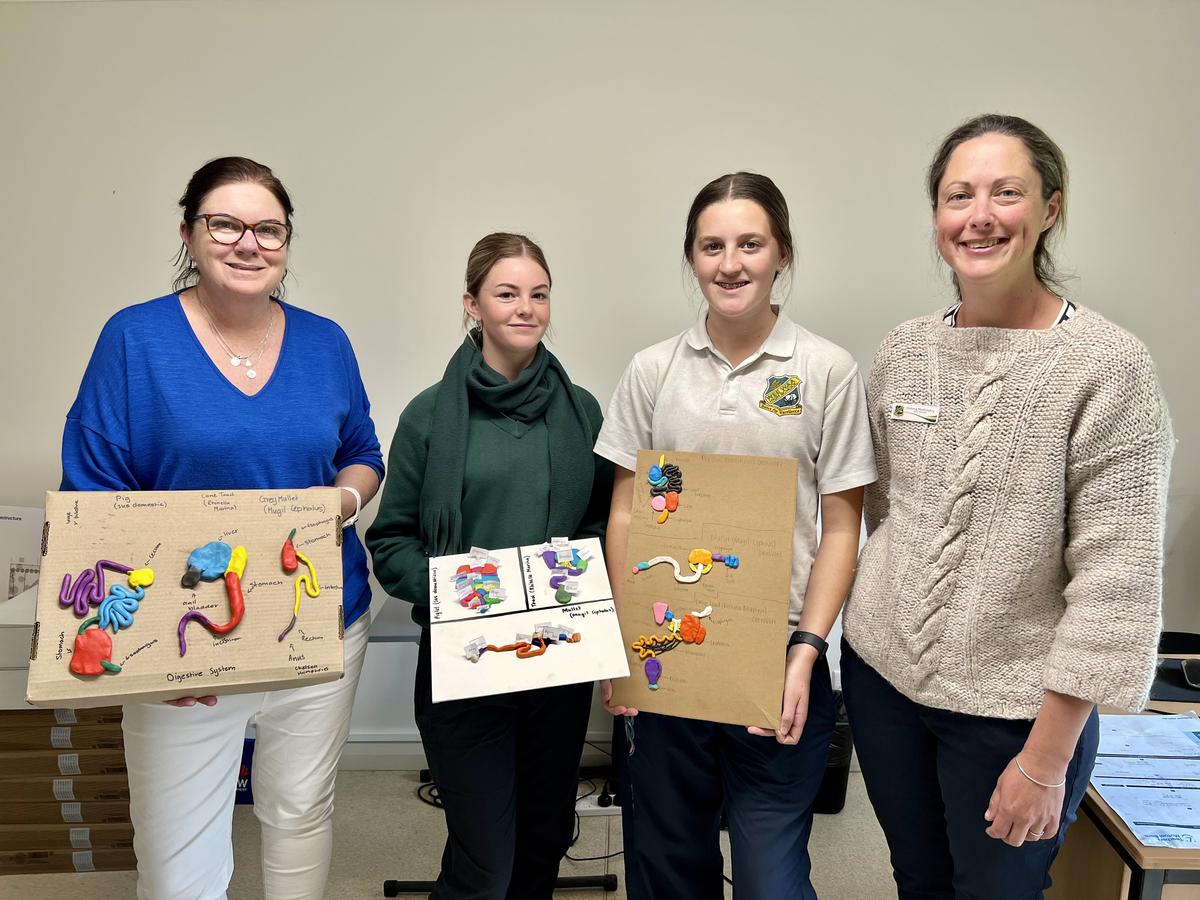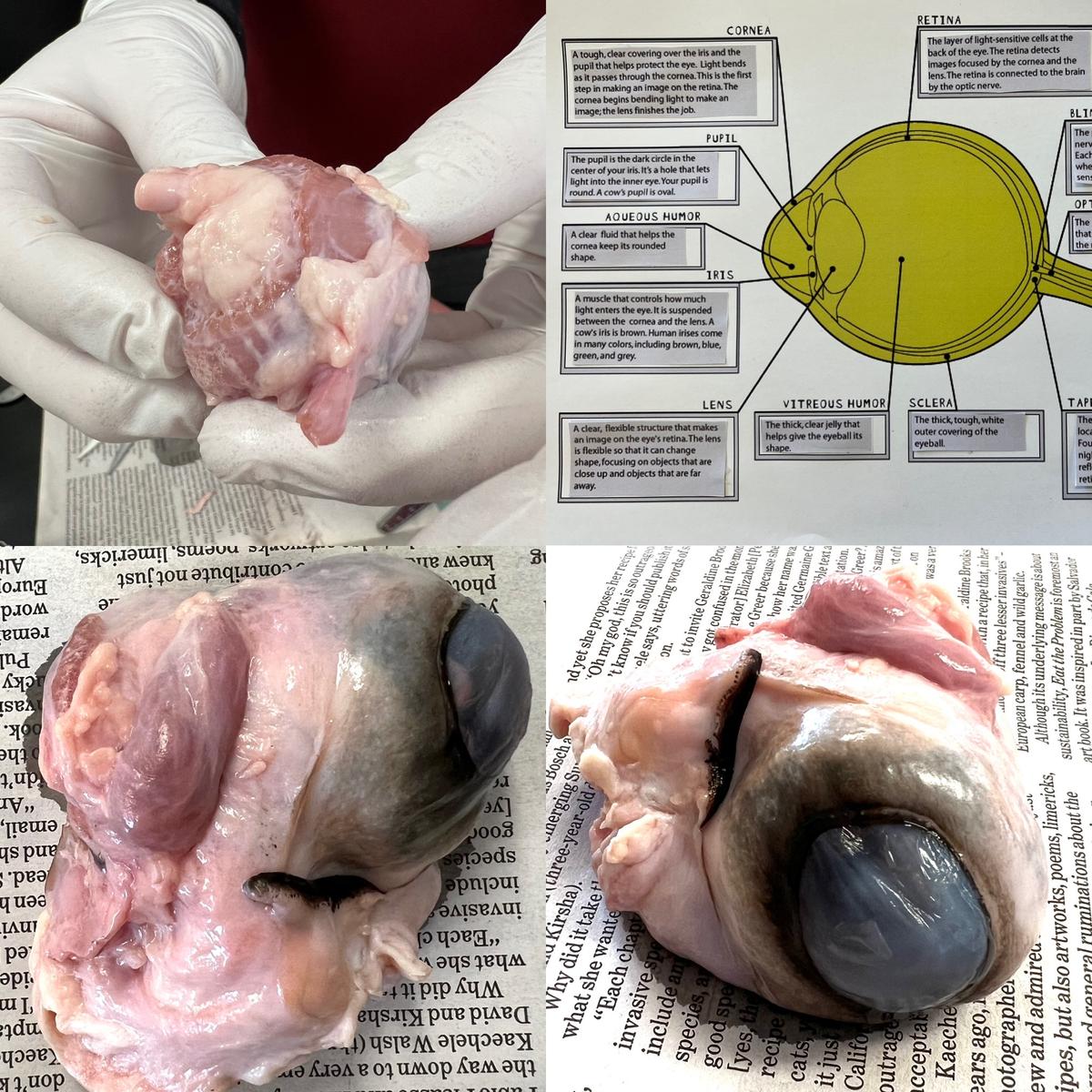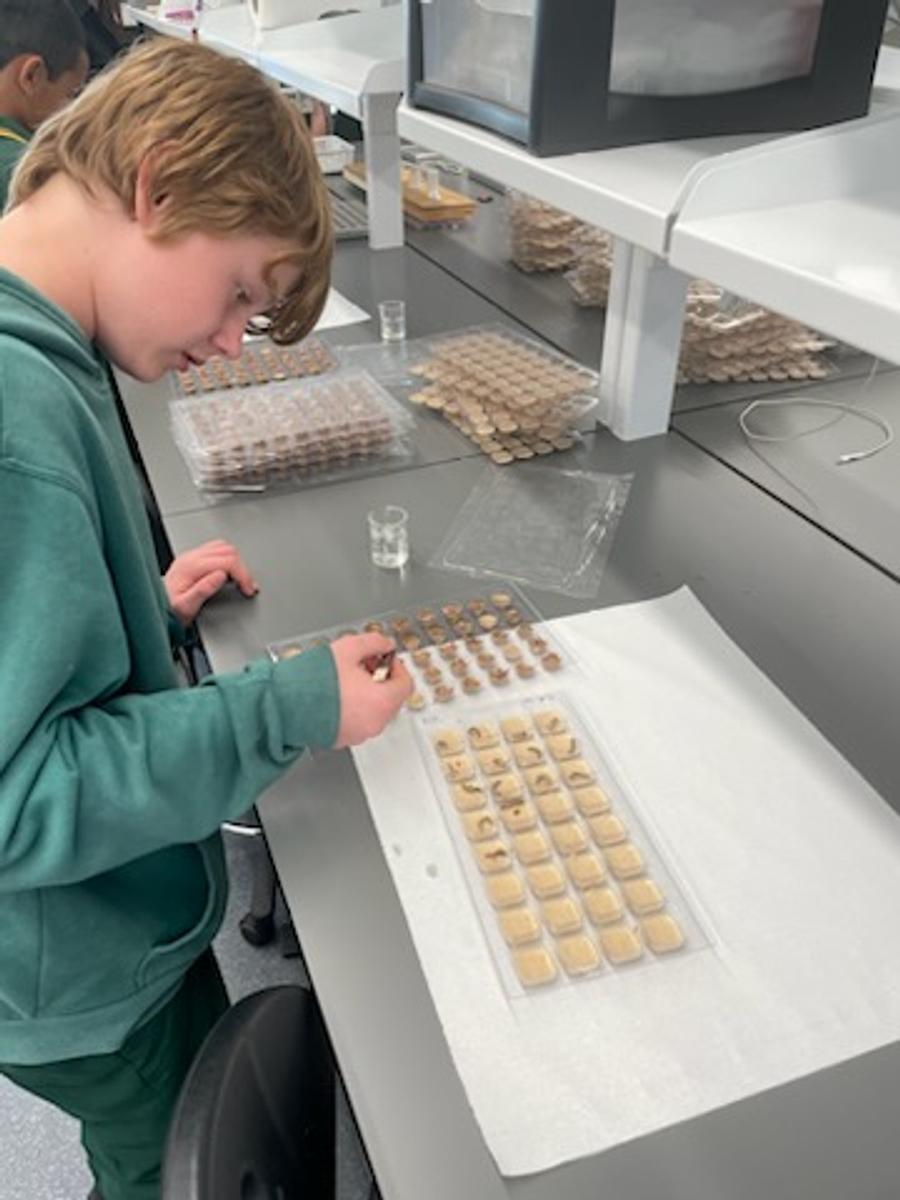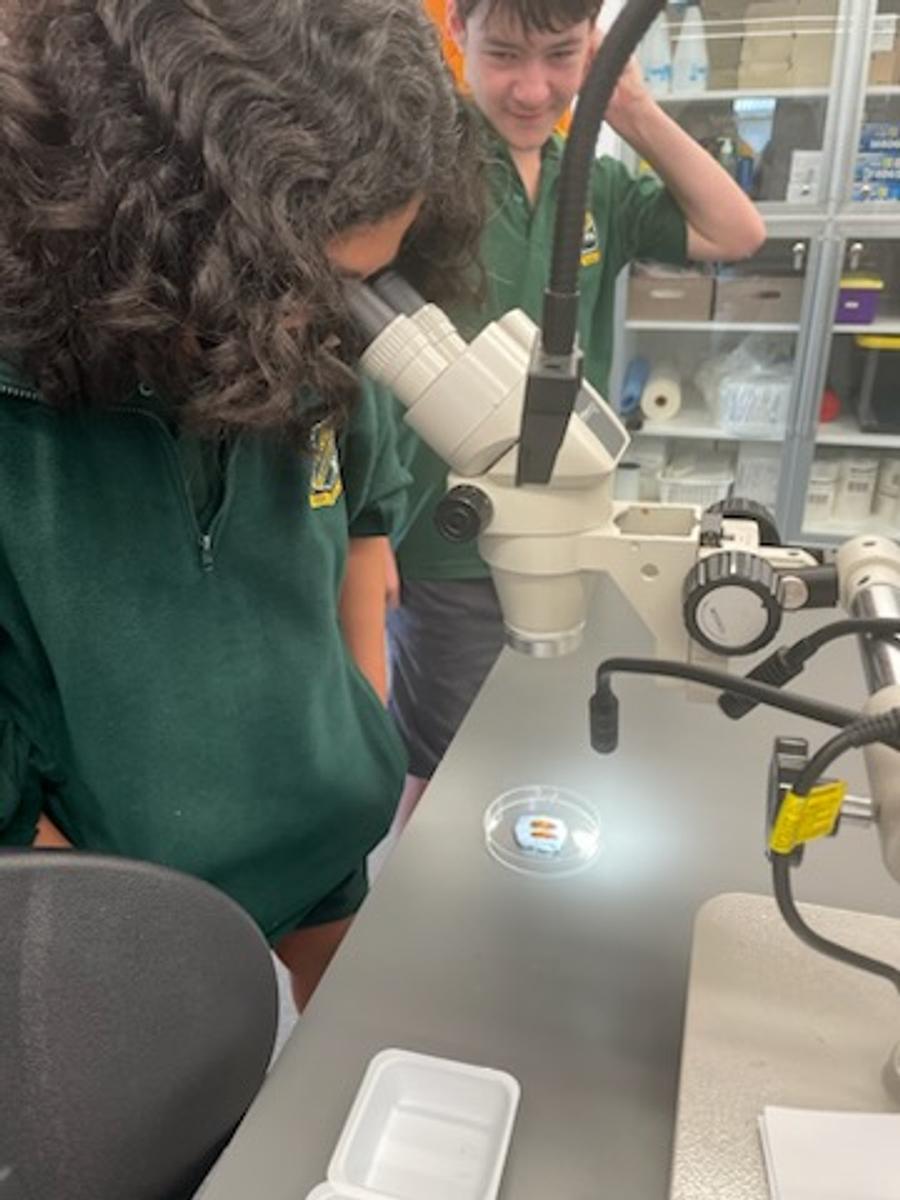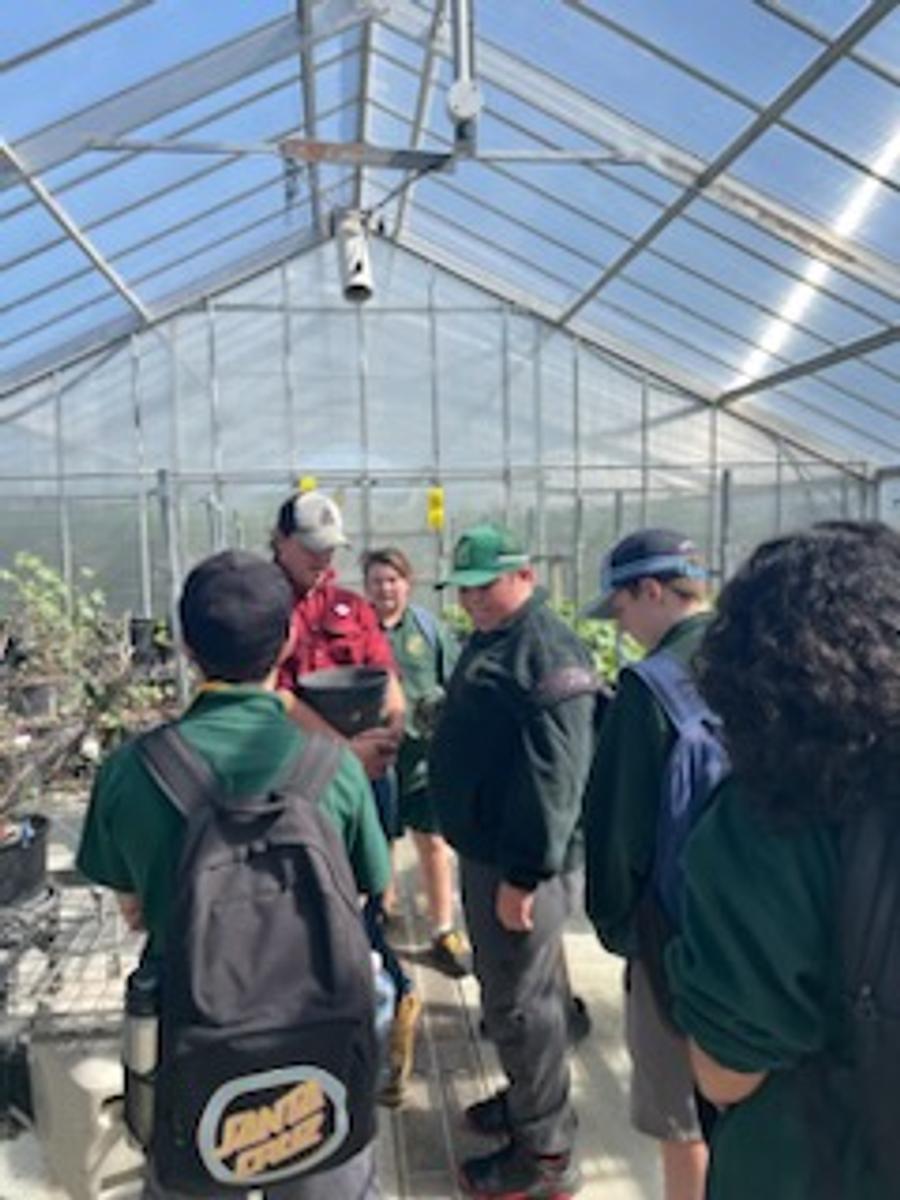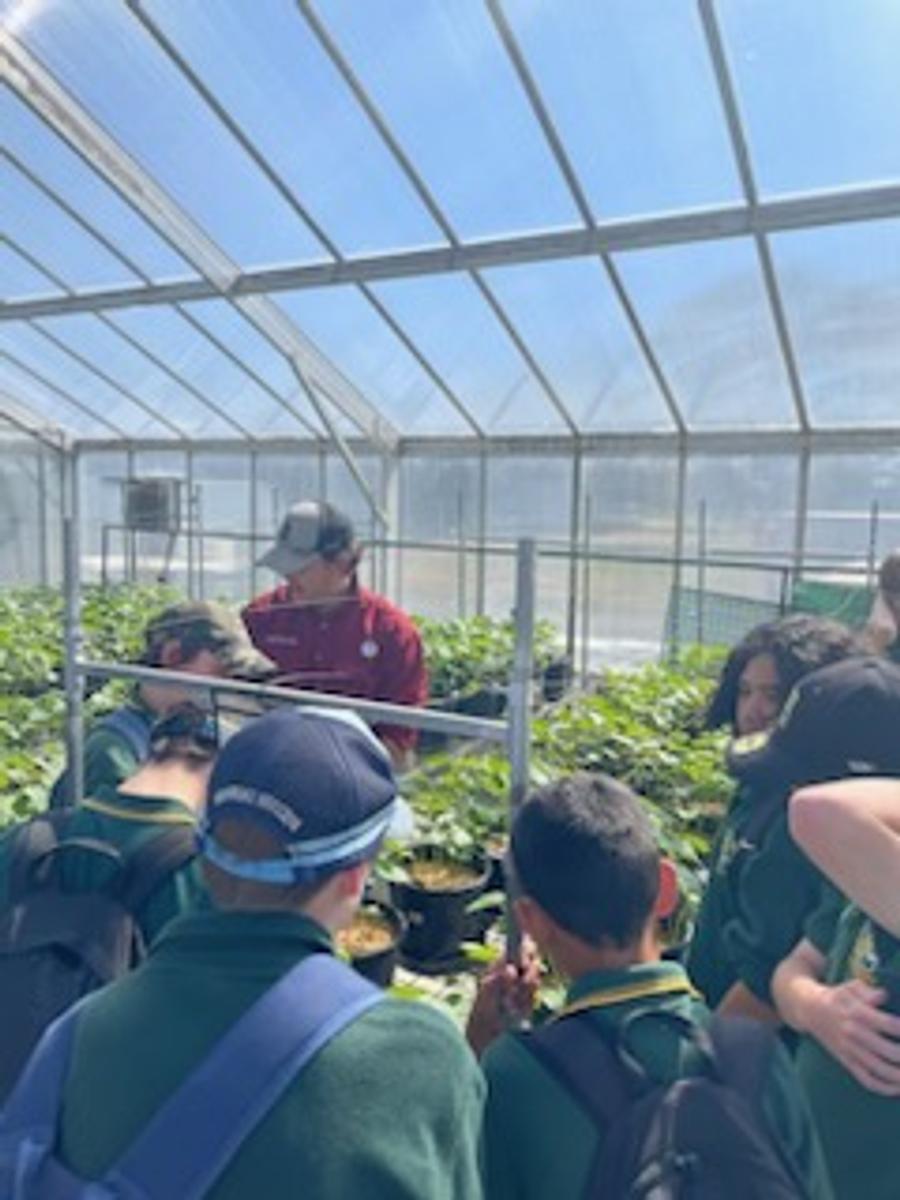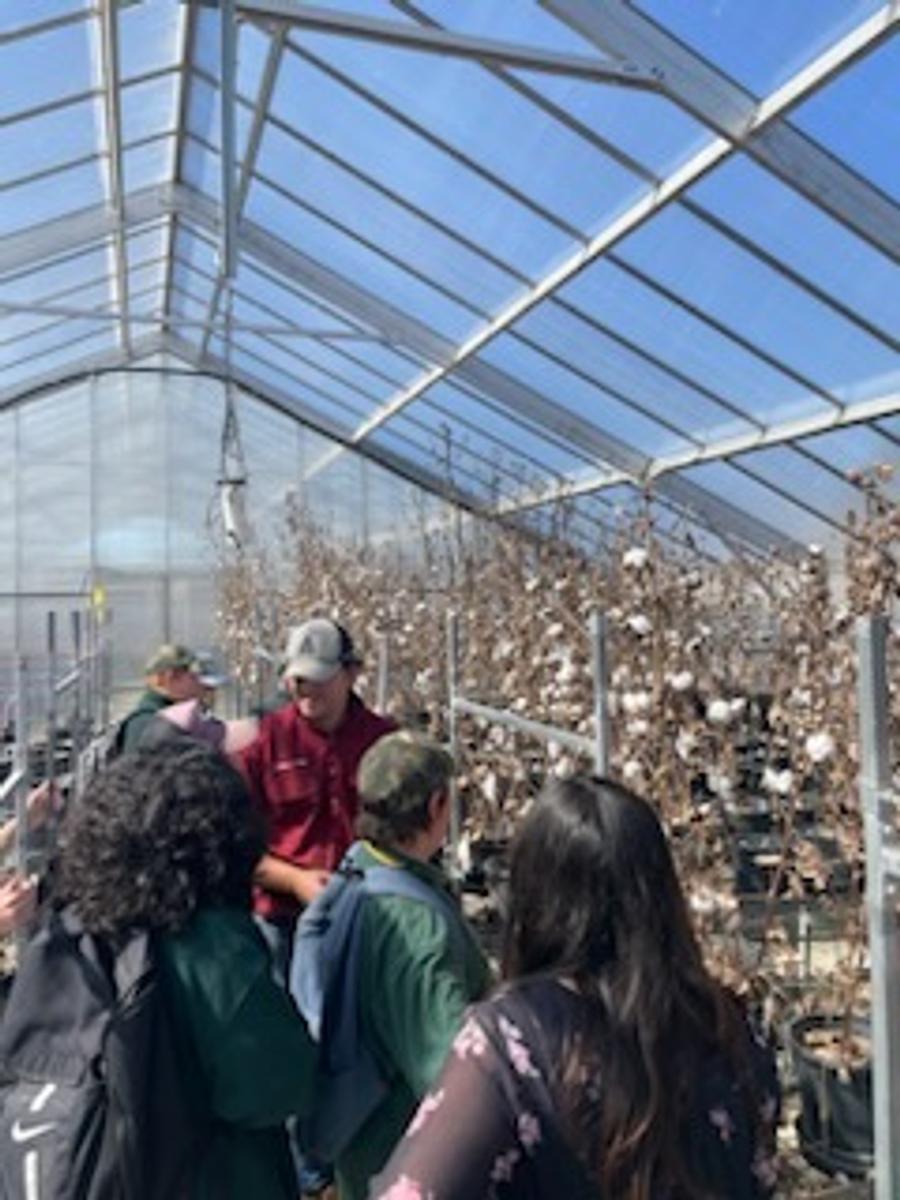STEM
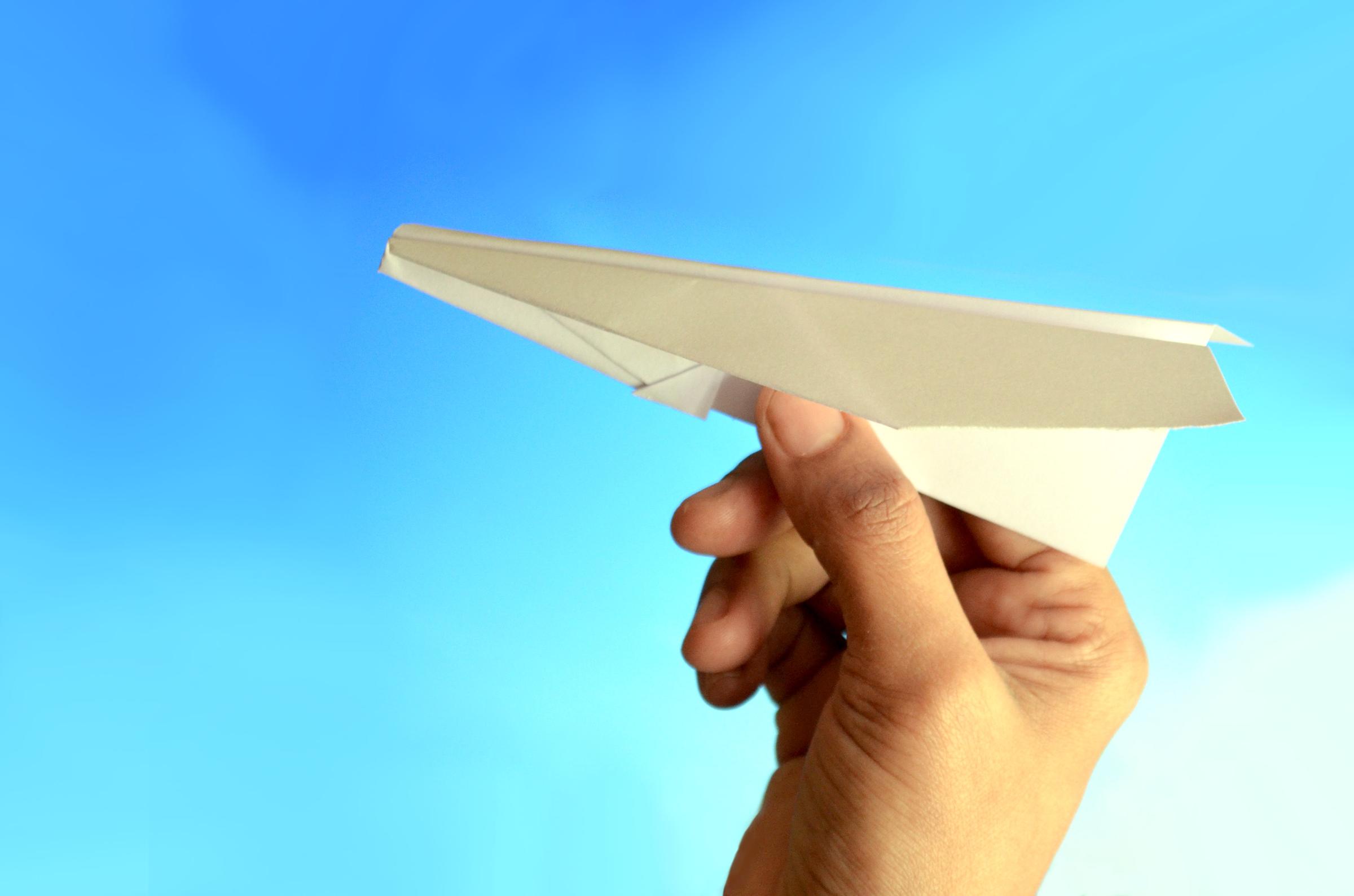
Years 9 & 10 Technology - Timber
Students in Year 9 and 10 have spent the term making a mid-century modern inspired plant stand project. The students were able to choose timber from a selection of hardwoods, as well as select the method of finishing their projects. They used hand and machine tools to complete mortise and tenon joints, and halving joints which increase durability and strength. Tapered legs with a rounded profile improve the aesthetics of the design.
Engineers Without Borders
Our Year 7 and 8 students benefitted greatly from a recent visit by University of NSW engineering students as part of the global Engineers Without Borders (EWB) program. One EWB initiative is to visit with schools and work with students to share how engineering contributes to solving many of the world's challenges and what a great career it is. Today, a group of EWB engineering students worked with our students on different challenges, one being building a prosthetic leg out of available materials. Our students worked in groups where they were first told what functionality and features their leg needed to have before beginning the planning, then construction and ultimately the testing phase. Our sincere thanks to Engineers Without Borders and to the fantastic young University of NSW engineering students who gave of their time to share their passion for engineering with our students.
While half of our students worked on designing and constructing a prosthetic leg with visiting Engineers Without Borders (EWB) students from the University of NSW, a second group worked on designing and constructing wind turbines. The finished turbines were then attached to a base and tested for design and construction soundness. This particular EWB program is about working with students in early years of high school to ignite and inspire an interest in engineering and the many career opportunities available in this sector.
Year 11 Biology
As part of their Depth Study assessment, Year 11 Biology students had to dissect and compare the digestive systems of three different types of organism; mammal (pig), amphibian (cane toad) and fish (mullet). They then constructed labelled models of each system indicating the major organs. Students compared the digestive structures with the organism's diets to determine whether each was a carnivore, herbivore, or omnivore, and justified their classification with reference to the function of specific organs.
Year 8 Science Students Explores The Eye
Year 8 students had the opportunity today to do a dissection of a bovine eye. After learning the parts and function of the eye, Mr Hogden explained the eye itself from a practical perspective. Students enjoyed the activity and now have a better appreciation for what they see and what makes it possible to see.
Budding Young Scientists Visit The CSIRO
Our Year 7 and 8 students had the opportunity to immerse themselves in plant related science this term thanks to the CSIRO. Students had an interactive and hands-on visit to our local CSIRO and DPI Research facility in Wee Waa as part of Science Week 2023 celebrations.
The research facility has a range of research projects being undertaken including genetically modifying cotton to target a range of traits that will enhance cotton growth, quality and yield, soil health, pest resistance and the use of drone technology in agronomy among others.
Here you can see students examining and sorting moth larvae and caterpillars. Our thanks to CSIRO and DPI staff for making this great educational opportunity possible.
